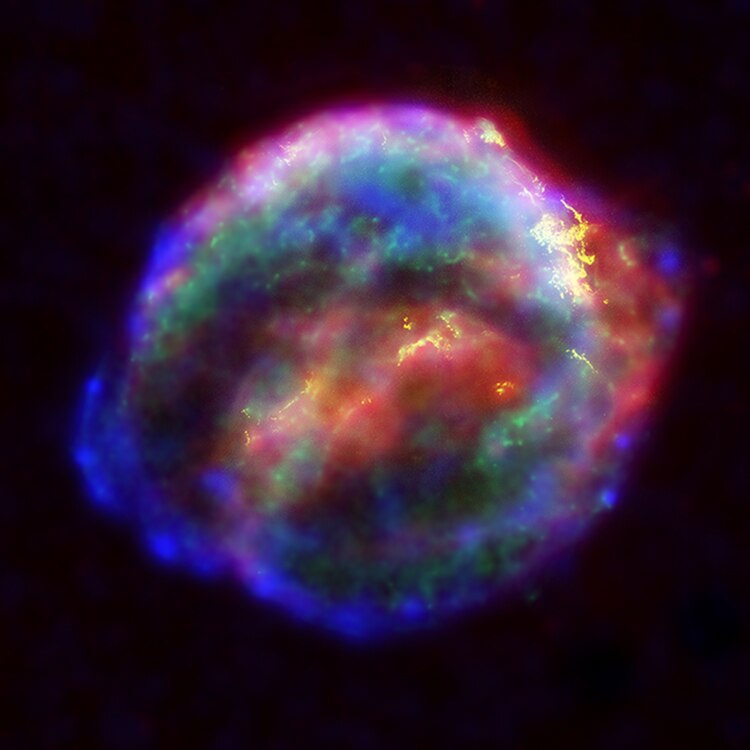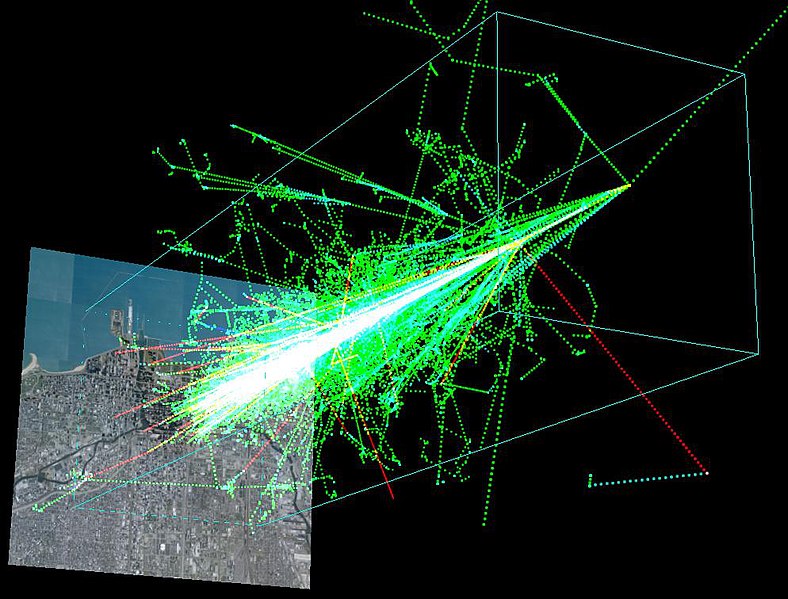
Today’s post is a special treat! An interview style post with one of the newest professors in the Department of Earth Science at the University of Ottawa: Dr. Pascal Audet.
What is your background? e.g. What was your undergrad in, PhD.
I graduated with a degree in physics from the Université de Montréal. By that time I knew I wanted to work in applied physics and I had always been curious about how the Earth works, so I enrolled in a Master’s program in Earth Sciences at the Université du Québec à Montréal, where I worked on gravity and topography modeling. I then decided that I wanted to do a career in geophysics, so I moved to Vancouver and started studying seismology at UBC. I graduated in 2008 and moved to California to do a postdoc at the University of California at Berkeley.
What was your PhD research about?
My PhD research was focused on the structure of subduction zones, especially the Cascadia subduction zone that is threatening the coastal cities of the Pacific Northwest (Vancouver, Victoria, Seattle, Portland). During my PhD I installed a few dozen seismic stations to record the ground motions caused by earthquakes from around the world. I used the information contained in the seismic records to study the structures deep below the stations. My results showed that the oceanic plate subducting beneath North America contains trapped pore-water at very high pressures, which could help explain some odd slip behavior of the subduction zone thrust fault.
What field of geoscience do you study?
I consider myself a geophysicist, in that I use physical principles and techniques to investigate interesting questions about the Earth. My specialties are in seismology (the study of earthquakes and the waves they generate) and in gravimetry (study of the gravitational field of the Earth and other planets). I mostly deal with geophysical signals – seismic waves of gravity fields – and I develop processing techniques to obtain important information on Earth structures and dynamics.
How did you end up becoming interested in seismology and subduction zones?
At the time I started my PhD, I thought that studying seismology was the coolest job in the world, and subduction zones were the most interesting objects to study. Indeed, this is where a vast oceanic plate grinds past another tectonic plate on its way down to the Earth’s deep interior, producing the Earth’s most energetic events (e.g., the magnitude 9 Japan earthquake in 2011) in the process. I also had the good fortune to work with Michael Bostock at UBC, one of the best subduction zone seismologists. My interest never faded and here I am, doing research, teaching and training the next generation of geophysicists. I have the best job in the world!
What sort of techniques do you use to study seismology?
As I said, I use information contained in seismic records to obtain information on Earth structures. In a nutshell, earthquakes generate waves that propagate through the interior of the planet, and are recorded by very sensitive seismic instruments all around the globe. The signals contain information on the earthquake itself, but also on all the structures that the waves propagated through (via various wave effects that are well known in physics, such as refraction, reflection, diffraction, etc.). If we can remove the signature of the source from the seismic records, we are left with signals that contain information on structure alone. These signals then give us information on the seismic velocity of the medium, which is interpreted in terms of the geometry, temperature, composition and fluid content.
What sort of field work is involved in the study of seismology?
During my PhD I installed a few dozen seismic instruments in the northern part of Vancouver Island. Each station consists of the sensor, the data logger (recording device), and the power system. The sensor is typically buried about 2 meters in the ground and the power system is provided by solar panels that recharge a couple of car batteries. Carrying all this equipment and digging holes in clear cuts was quite challenging!
What do you do with the data once you have gotten it from the field?
The data are recorded continuously on a disk. After collecting the disks at the end of the experiment, the data are archived at one of the data archiving centers and is available immediately to any researcher on the planet. With the right software, anybody can download seismic data from any seismic station. Some stations even provide real-time data, where a satellite connection is used to send the data seamlessly to the archiving center.
You are also interested in planetary tectonics. How do we study this field?
I am also very interested in the structure of planets and satellites within our solar system (e.g., the Moon, Mars, Venus). Since it is quite difficult and expensive to land on other planets and install seismometers (the Apollo Missions did install a few seismometers in the 1970s, but they only worked for a very brief period of time), one of the best tools to study their internal structure is to use the attraction from their gravitational field. Even though the gravity field appears to be uniform across the surface of the Earth (and other planets), there are minute variations that arise from small changes in the density structure of the deep interior. By studying these small variations in gravity, we can therefore obtain information on the internal structure of the planet. On remote planetary bodies, the gravity field is known by tracking satellites that orbit the planet. My current works is aimed at developing the tools to study the lateral variations in the gravity field.
What are your plans for future research?
This summer I am going back in the field to install 7 seismic stations in the Yukon and Northwest Territories, across the MacKenzie Mountains. These stations will use the satellite connection to send the data in real-time. The stations will be in the ground for 5 years, and the data collected will be used to study the structure and seismicity of the northern Canadian Cordillera – an area where we know very little about tectonic processes. This experiment is timed perfectly with the installation of stations in Alaska as part of the US Earthscope experiment (http://www.earthscope.org/). I will be spending a lot of time processing the data and will hopefully make interesting discoveries about the tectonics of this spectacular area.
Thanks so much Pascal!
By the way! Pascal is actively seeking graduate students interested in joining him in this exciting work in the Yukon or on planetary gravitational fields. If you would like to hear more about the MSc. and PhD. opportunities that Pascal has available post in the comments and I can put you in touch with him directly! He is also fully bilingual and a top notch hockey player.














